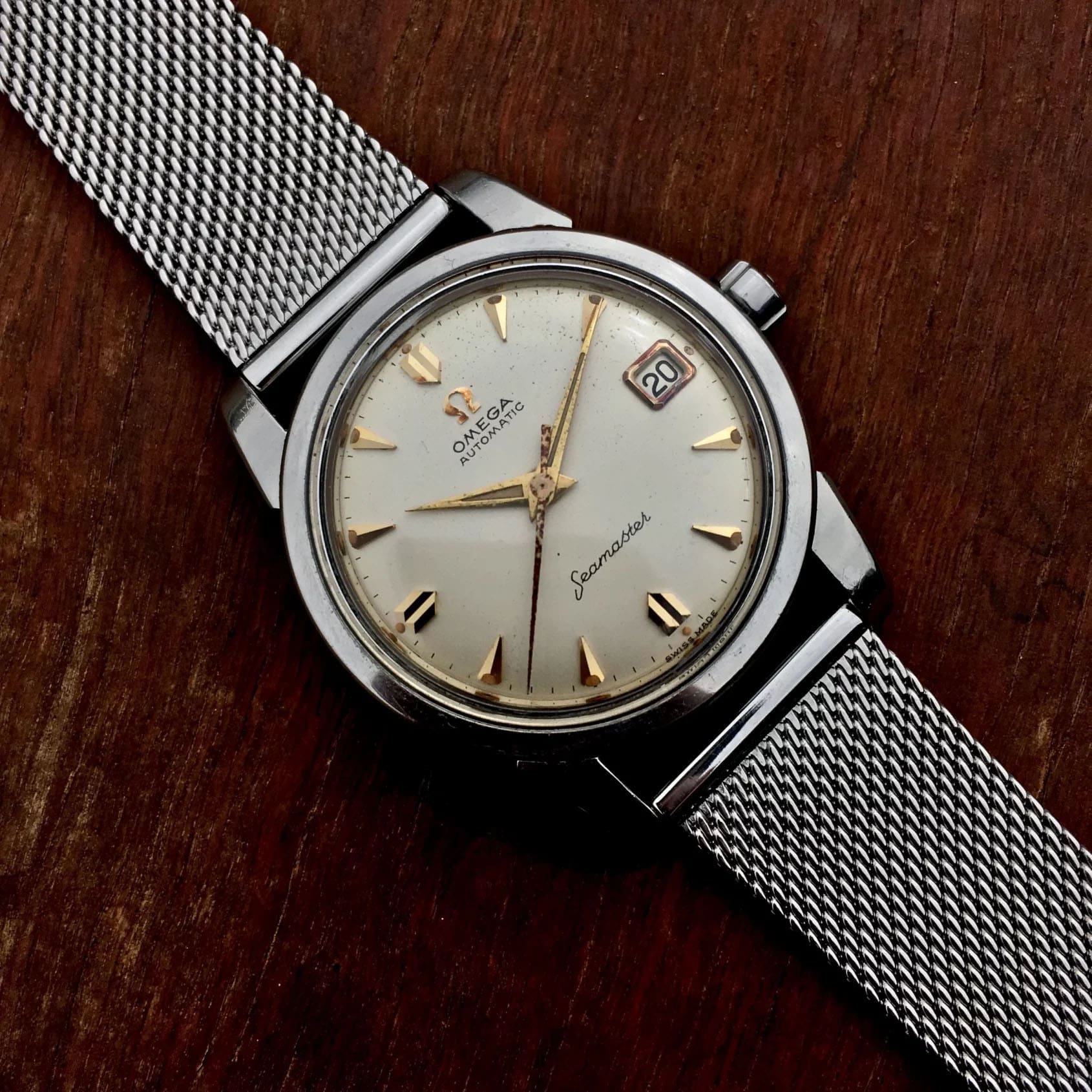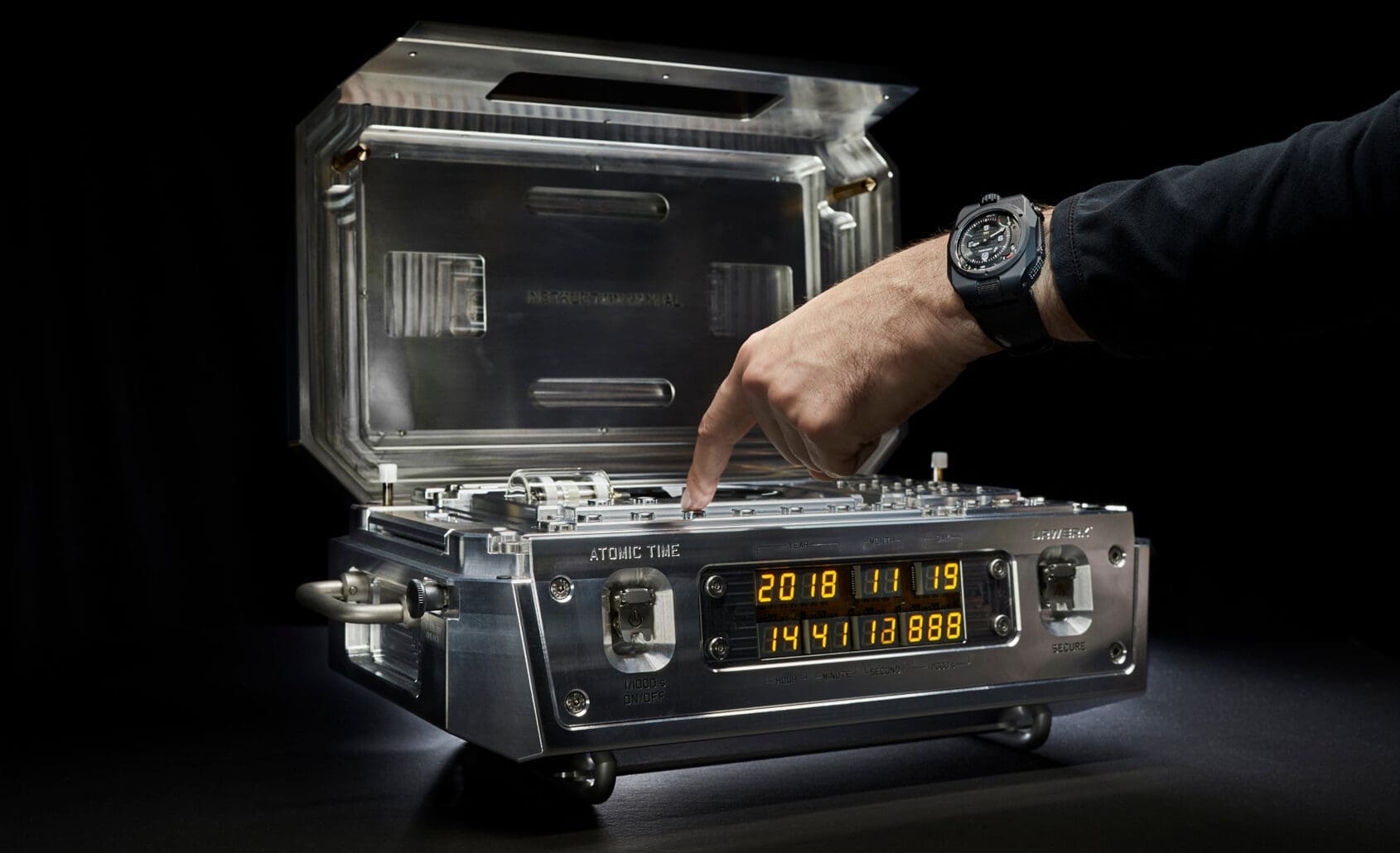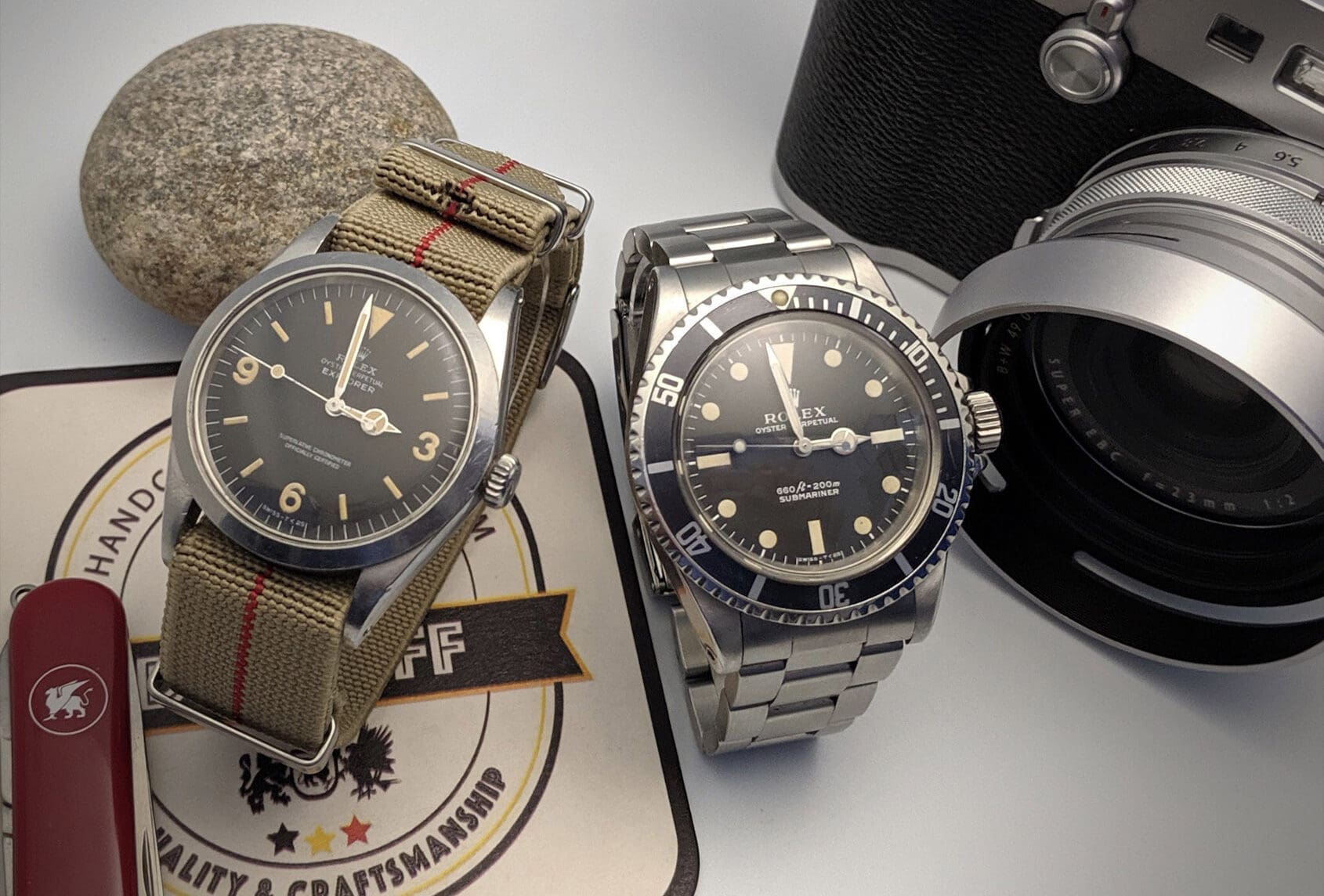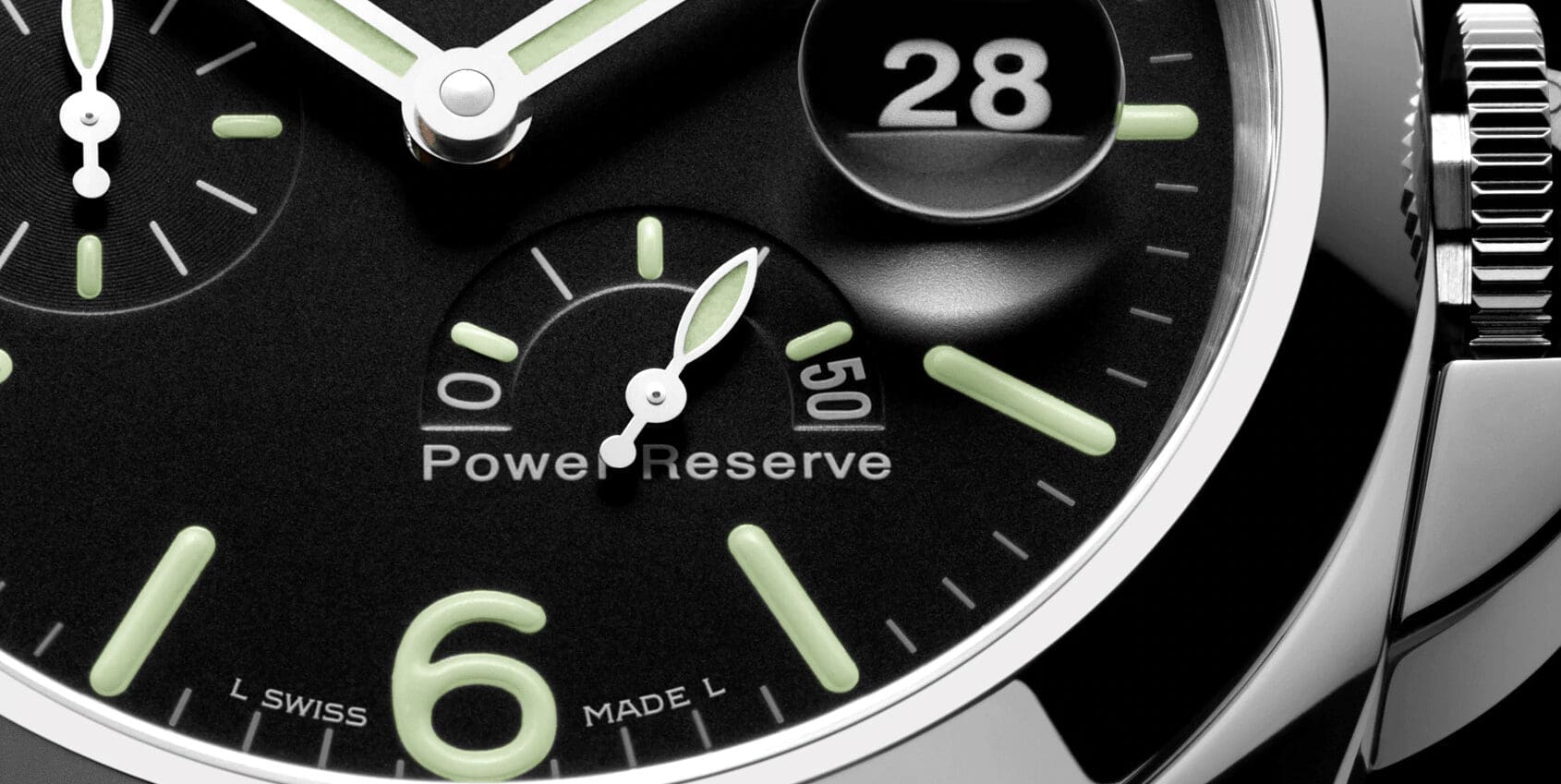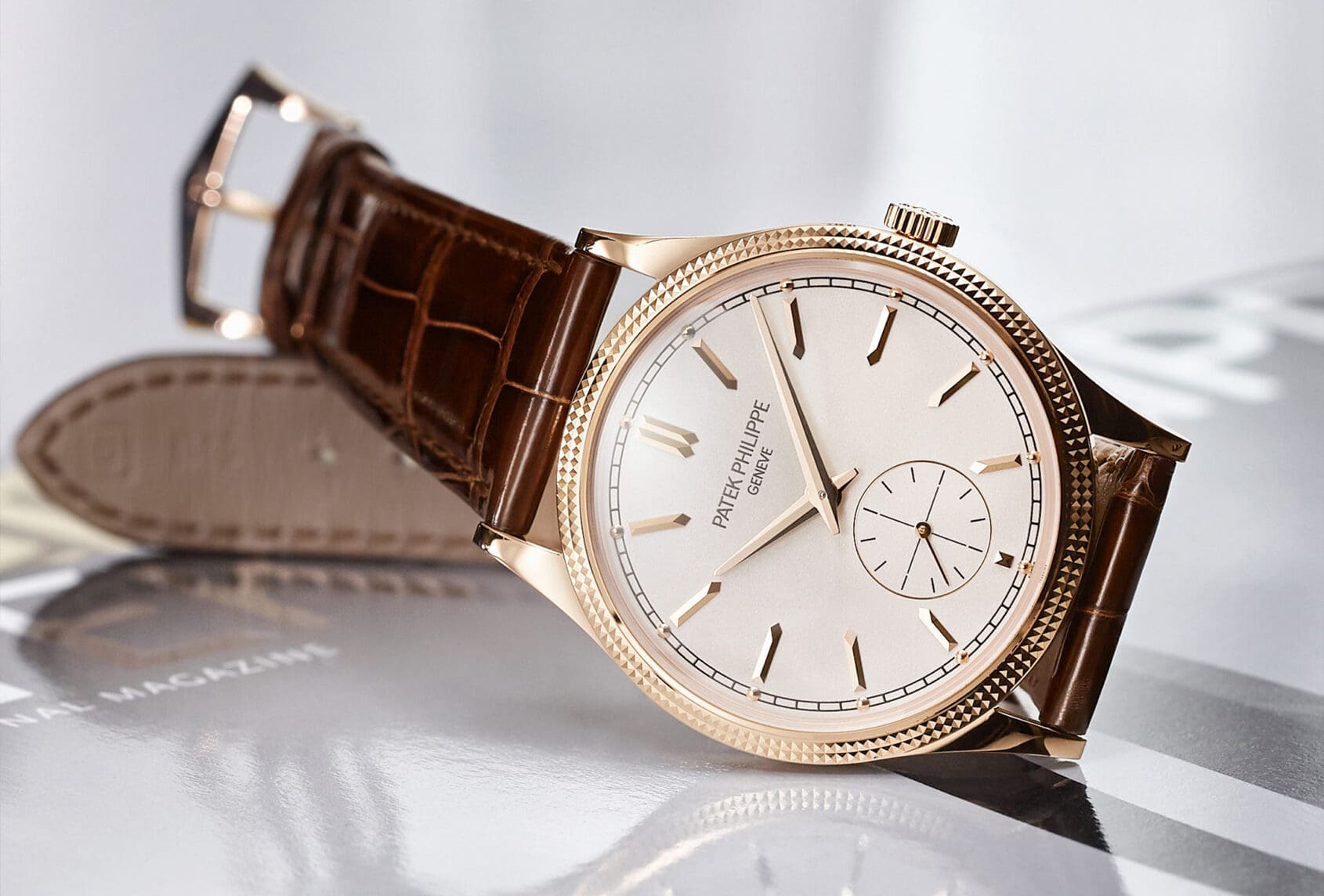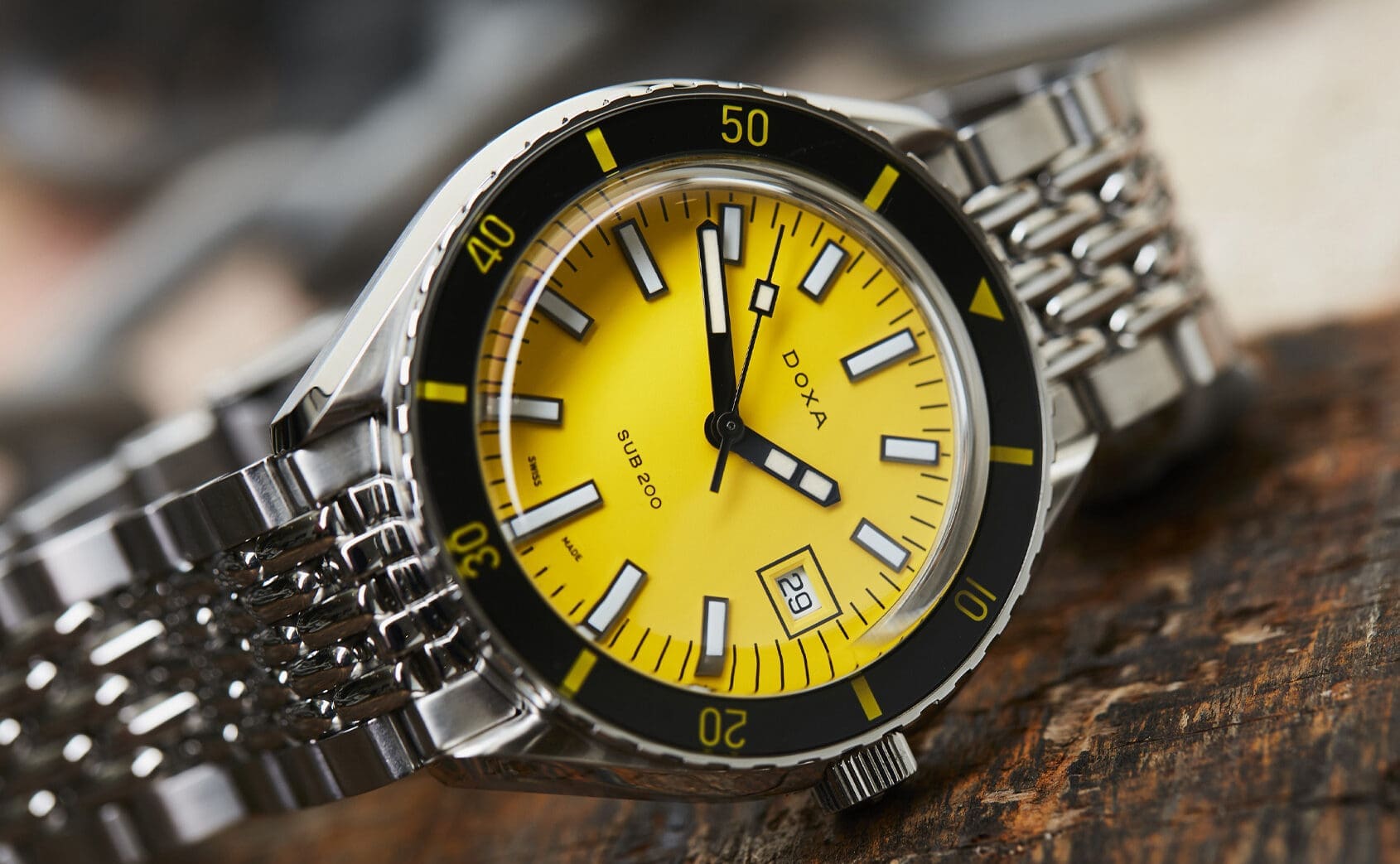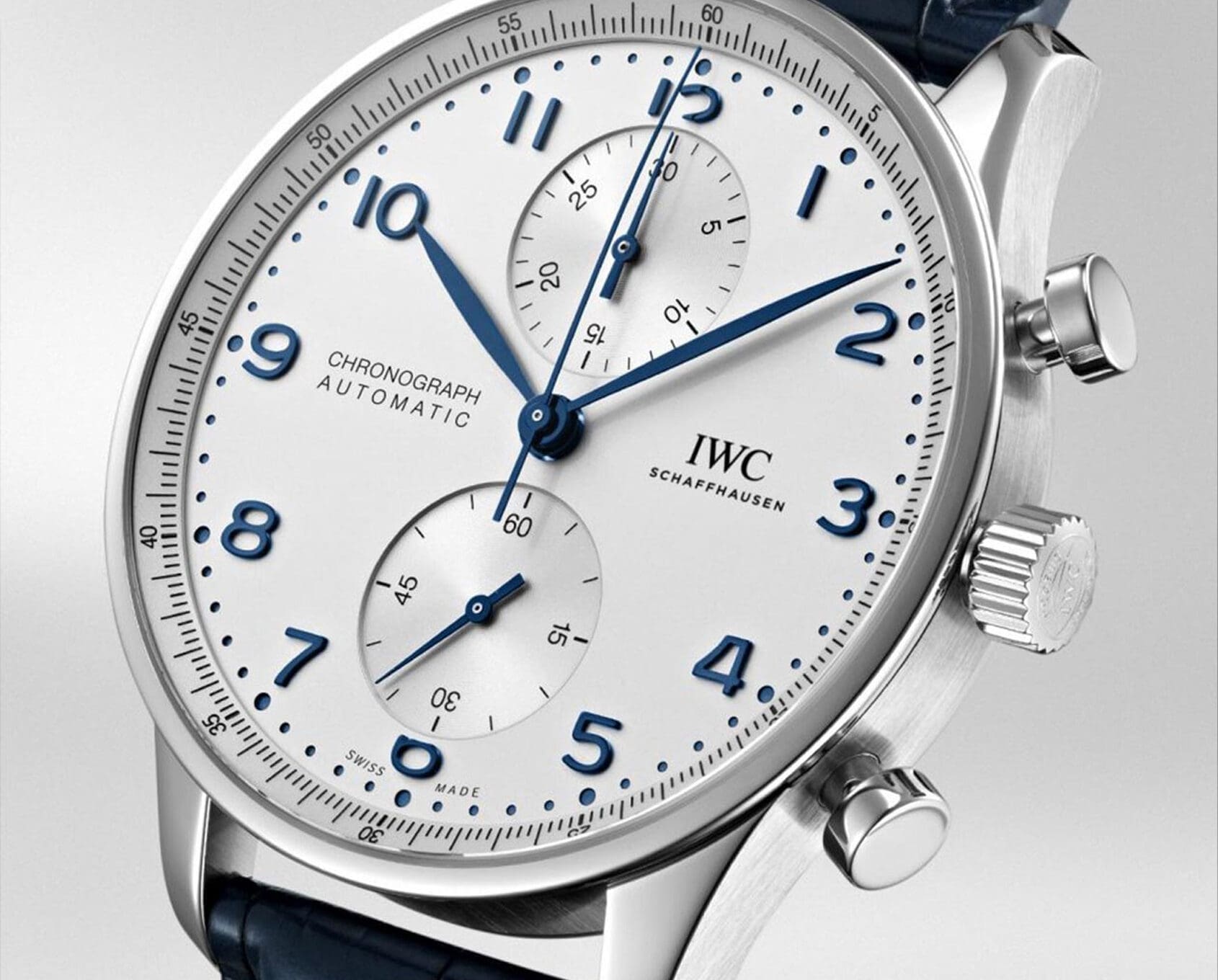The many drawbacks of watches and why they make us love them even more
Fergus NashOne of life’s great ironies is that the pursuit of perfection often leads to disappointment, even when it is achieved. Your average smartphone may have perfected the art of timekeeping, but a watch enthusiast could never be satisfied with that alone. Digital watches like G-SHOCKs may also have that functionality, but we still wouldn’t wear them if we didn’t have other reasons to love them.
I don’t agree with the old adage of “suffering builds character“, but I do believe that inconvenience builds attachment. If we look at some of the most popular hobbies we see that the analogue and retro technologies hold a powerful romantic sway. Listening to vinyl records, developing film photographs, and driving manual cars all take a lot more effort than their digital counterparts. And that effort is almost always not worth it from an objective standpoint. Yet we go through the processes anyway, because it feels more personal, more satisfying. The imperfections are clearly apparent, but that only reminds us of our bonds with these things and signals that connection to other people, too.
This sentiment absolutely extends to watches, as they’ve become eclipsed not only by smart technology but also by the general world around us. Winding the movement, adjusting the time and date, even replacing the batteries if it’s quartz, are all parts of the ritual involved in loving these objects. Let’s take a deeper look at some of the technical drawbacks of wristwatches that we’d only miss if we solved them.
Winding down
One of the most magical discoveries you can make when first getting into watches is that they don’t always need batteries — something that’s obvious when you think about how long they’ve been around. Giving those first few twists of the crown to wind a mechanical watch is, in essence, giving it some physical appreciation in return for its service to you. Some people may view this as a pure chore, hence the current trend towards longer power reserves. But ultimately the mechanical watch would have died out completely if it weren’t for those romantic sentiments.
Delayed legibility
No matter how accustomed to reading clocks you may be, there will always be that extra second or two it takes to convert the hands and markers into numbers in your head. Especially for younger people, for whom reading analogue clocks is becoming increasingly obsolete, checking a watch is not as natural as it once may have been. Taking the effort to read a watch might not be a huge task for most people, but a digital clock will always be that little bit easier. That means wearing a watch takes a little bit of extra dedication that also takes you outside of the digital world.
Locked-in personality
One of the benefits of an Apple Watch, for example, is its ability to be worn for virtually any occasion and with any outfit, with even the option of changing what the display looks like. Regular watches on the other hand are stuck in their looks and are usually not customisable. Yet versatility can often lead to blandness while making it hard to differentiate yourself. With a curated watch collection, you can display your tastes and personalise each of your looks through accessorising.
Old-fashioned buttons
Sure, physical buttons are a nightmare when you’re trying to navigate through digital menus and sub-menus, but when you just need to press start or stop on a timer then a real-life pusher is an absolute must. The amount of times I’ve pressed the wrong button or accidentally double-tapped on my iPhone stopwatch is frankly embarrassing, but that sort of thing never happens on an analogue chronograph.





